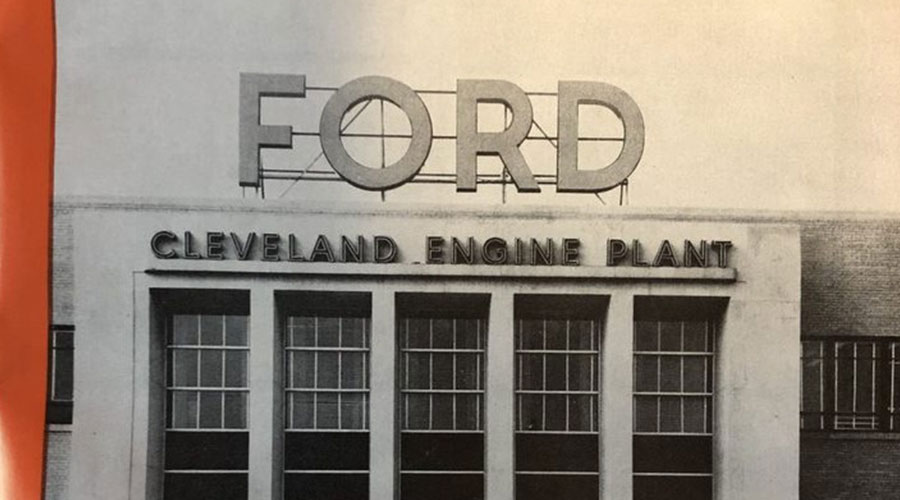Standardized Current Replacement Value Calculations Make Facility Condition Index More Effective
One of the challenges in using FCI effectively as an asset management tool was making FCIs consistent across NPS asset types. NPS tackled this challenge by developing a standardized approach to calculating current replacement values that did not require extensive cost estimating based on the features of a particular asset. Categories of asset types were developed that were homogeneous in terms of use, function, and basic systems (e.g., visitor centers, maintenance shop, trails). In general, RSMeans was used to develop a unit cost reference and, where appropriate, provided for specific add-ons or differentiators. An example of a differentiator might be the number of stories, presence of a finished basement for a housing asset, or the historical nature of the asset or some of the systems. With this approach, current replacement value became the likely cost if the same size and type of asset was constructed using modern materials and methods. It provided a consistent methodology to calculate the denominator of an FCI.
There are two common misconceptions about FCI that are tied to current replacement values. The first is that FCI represents the cost of constructing the exact asset with the materials and methods that currently make up the asset. To build actual cost estimates for NPS's 70,000-plus assets with that level of detail would not have been possible or logical. In actuality, current replacement values are meant to provide a consistent process for generating FCIs that are comparable, but they are not values that should be used at the park level to plan new construction activities.
The second misconception is that FCI cannot be greater than 1.0. Individual cost estimates that are based on condition assessments or on other planning activities are significantly affected by working in an existing structure. For NPS, this scenario is common for historic assets. If an asset requires replacement of several of its systems and components, but the work is taking place within the confines of the existing structure and without the efficiencies of new construction, the unit cost for replacement of the system can be increased significantly from the unit cost associated with new construction. And, even if current replacement values were to provide a detailed constructed cost based on the individual asset's materials, components, and methods, it is not that difficult to generate a numerator (accurate repair and replacement costs) that is greater than the denominator (current replacement value). With a current replacement value based on unit costs, an FCI over 1.0 is even more likely to occur for assets that are in poor condition.
Once the condition data for some of the most prominent categories of asset types was developed and FCI calculated for those assets, it became apparent that the industry-standard scale of good, fair, and poor would categorize average NPS assets as being in poor condition. For this reason, FCI and the good-fair-poor scale did not provide enough granularity. NPS realized that additional criteria were required to optimize asset management investment.
Tracking Progress
Trends for the facility condition index for some of the major asset types in the National Park Service portfolio.

Click here for PDF
|
Related Topics:
















